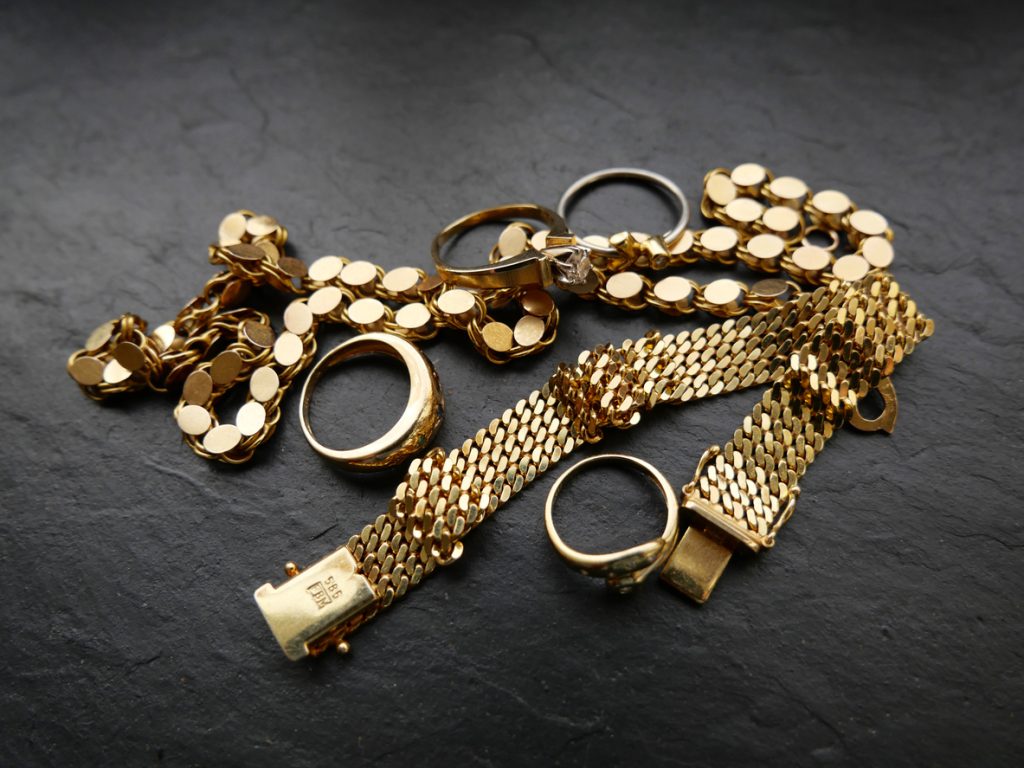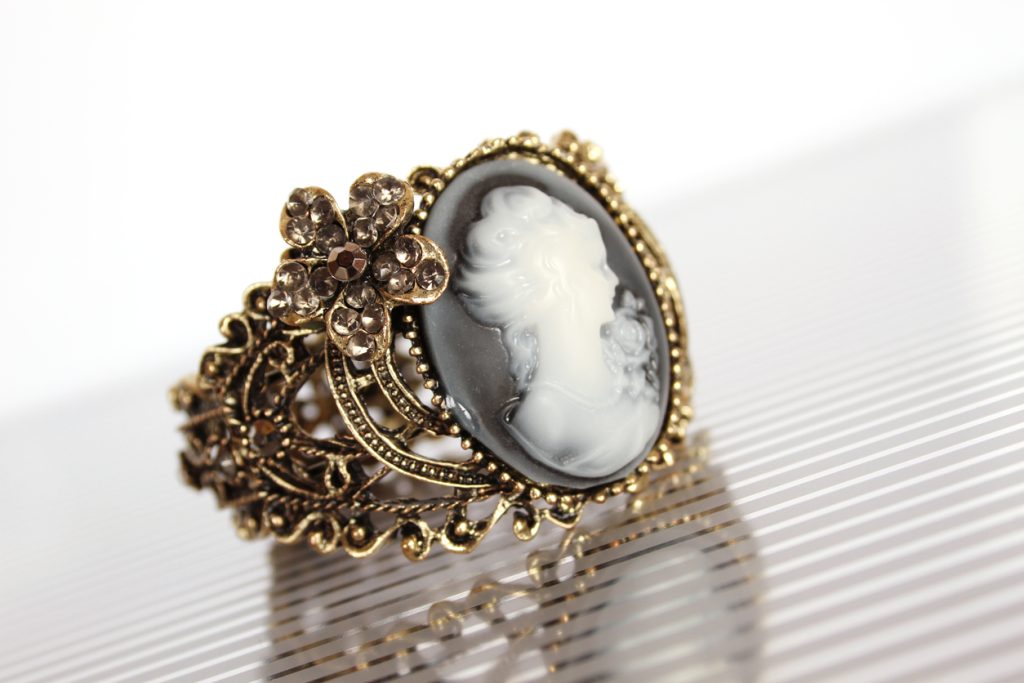Gold has long been a symbol of wealth, beauty, and security. From gleaming jewelry to investment-grade bullion, this precious metal holds a unique place in our lives and financial planning. Whether you’re a collector, investor, or someone looking to sell a family heirloom, understanding the quality of gold is essential. At Paulding Pawn in Paulding County, Georgia, we help our customers navigate the complexities of gold so they can make informed decisions and get the best value for their pieces.
In this guide, we’ll explore the ins and outs of gold purity, how it is measured, the different types of gold, testing methods, and tips for buying and selling confidently.
What Is Gold Purity?
Gold purity refers to the proportion of pure gold present in a metal object. Pure gold is soft and malleable, so it is usually combined with other metals like copper, silver, or nickel to create an alloy. The resulting mixture affects the gold’s durability, color, and overall value.
Gold purity is expressed primarily in karats (K) or millisimal fineness, two widely recognized systems used worldwide. Understanding these measurements is critical whether you’re buying gold jewelry, investing in bullion, or selling your items.

The Karat System
The karat system measures the ratio of pure gold to total metals in an object. The scale runs from 0 to 24, with 24 karat representing pure gold. For example:
24K gold: 99.9% pure, soft and highly valuable.
22K gold: 91.6% pure, often used in coins and traditional jewelry.
18K gold: 75% pure, ideal for high-quality jewelry that balances purity and durability.
14K gold: 58.3% pure, common in rings and everyday wear.
10K gold: 41.7% pure, the minimum standard for gold jewelry in the U.S.
Each karat represents 1/24th of pure gold in the alloy. So, an 18K ring contains 18 parts gold and 6 parts other metals.
Millisimal Fineness
Another method of expressing gold purity is millisimal fineness, which measures gold content per 1,000 parts. For example:
24K = 999 (99.9% pure)
22K = 916 (91.6% pure)
18K = 750 (75% pure)
14K = 585 (58.5% pure)
10K = 417 (41.7% pure)
This system is especially common in bullion and coins, often referenced with shorthand like “Four Nines” (999.9) or “Five Nines” (999.99) for high-purity gold bars.
Types of Gold
Gold comes in various types and colors depending on the metals alloyed with it. Understanding these differences can help you select the right piece for jewelry or investment purposes.
Yellow Gold
Yellow gold is classic and timeless, made by combining pure gold with metals such as copper and zinc. Its warm color complements many skin tones and is a favorite for wedding bands, rings, and chains. The higher the karat, the richer the hue.
White Gold
White gold results from mixing gold with white metals like palladium, nickel, or silver. Often plated with rhodium, white gold has a sleek, silver-like finish that rivals platinum in appearance. It is popular for engagement rings and contemporary designs.
Rose or Red Gold
Rose gold derives its pinkish-red color from copper alloys. The intensity of the color depends on the amount of copper used. This type of gold is commonly used in vintage-inspired designs and modern fashion-forward jewelry.

How Gold Purity Affects Value
The purity of your gold directly influences its monetary worth. Higher-karat gold is more valuable because it contains more pure gold. However, pure gold (24K) is soft and prone to scratches and deformation, making it less practical for everyday jewelry. Lower-karat gold, while more durable, has less gold content and therefore a lower intrinsic value.
Testing Gold Purity
Knowing the purity of your gold is essential whether you’re buying, selling, or investing. Here are the most common methods used:
Magnet Test
Gold is not magnetic. If your piece is attracted to a magnet, it likely contains little or no real gold. While simple, this test is not conclusive since other metals are also non-magnetic.
Acid Test
Gold testing acids can reveal the karat value by observing the reaction on a small scratch of the metal. Different strengths of acid correspond to different karats, helping determine the approximate purity.
Hallmark Inspection
Most gold jewelry is stamped with a hallmark indicating its karat. While a helpful guide, hallmarks can be misleading or faked. Lack of a stamp doesn’t always mean the piece isn’t genuine, especially for small or custom items.
X-Ray Fluorescence (XRF)
This non-destructive method uses x-rays to measure the precise composition of the metal. It provides highly accurate results and is commonly used by professional buyers, including Paulding Pawn, to ensure fair and reliable valuations.
Gold in Jewelry and Coins
Gold is widely used in both jewelry and collectible coins. Each application has unique considerations for purity and value.
Jewelry
Jewelry often blends aesthetic appeal with gold content. Engagement rings, necklaces, bracelets, and earrings are made using different karats depending on desired color, durability, and price point. For example:
-
14K rings are durable and suitable for everyday wear.
-
18K rings provide a luxurious appearance while still being durable.
-
24K rings are very soft and usually reserved for high-end designs or ceremonial pieces.
Coins and Bullion
Gold coins and bars are primarily valued based on weight and purity. Collector coins may carry additional value based on rarity and historical significance. Commemorative or limited-edition coins can be significantly more valuable than the gold alone.
Buying and Selling Gold
Whether you are buying gold as an investment or selling unwanted jewelry, understanding the market and working with trusted professionals is key.
Buying Gold
When purchasing gold, consider purity, market price, and the reputation of the seller. Verified bullion, coins with certificates, and certified jewelry ensure you receive exactly what you pay for.
Selling Gold
Selling gold at a reputable establishment ensures you get fair value. At Paulding Pawn, we test each item’s purity and calculate its worth based on current market conditions. Broken or outdated jewelry, gold coins, and bullion can all be converted into cash quickly and securely.
The Role of Alloys in Gold
Alloysserve several purposes in gold:
-
Color Variation: Copper can produce rose gold, nickel or palladium can create white gold.
-
Durability: Pure gold is soft; alloying strengthens it for jewelry or coins.
-
Affordability: Lower-karat alloys reduce cost while maintaining beauty.
Understanding how alloys affect your gold is essential when choosing a piece or determining resale value.
Gold as an Investment
Gold has historically been a safe-haven asset during economic uncertainty. Its value tends to hold steady or increase when other investments are volatile. Physical gold, whether jewelry, coins, or bullion, provides tangible security and can diversify your financial portfolio.
However, while gold can protect wealth, it is not a guaranteed path to riches. It should be considered part of a diversified investment strategy rather than the sole focus of financial planning.
Tips for Maximizing Your Gold’s Value
-
Know the Purity: Higher-karat gold is more valuable.
-
Understand the Market: Gold prices fluctuate daily. Timing can impact your returns.
-
Choose a Trusted Buyer: Reputable shops ensure fair transactions and accurate testing.
-
Avoid DIY Alterations: Polishing or repairing at home may reduce value.
-
Ask Questions: A knowledgeable dealer will explain testing, pricing, and options clearly.

Why Paulding Pawn Is Your Local Gold Expert
At Paulding Pawn, we combine professional expertise with customer-focused service. Our team evaluates each item carefully, ensures accurate testing, and provides clear explanations so you feel confident about every transaction. Whether you want to:
Sell gold jewelry, coins, or bullion
Obtain a short-term collateral loan using gold
Have your pieces appraised or tested
…we are ready to help. Our transparent process, fair pricing, and commitment to Paulding County residents make us a trusted choice for gold transactions.
Real-Life Examples
Case 1: Family Heirloom Jewelry
Jane inherited several 18K gold pieces from her grandmother. She wasn’t sure of their value or whether to keep them. At Paulding Pawn, each piece was tested, weighed, and appraised. Jane was offered a fair price and decided to sell some items while keeping her favorite pieces.
Case 2: Gold Coins as Collateral
Tom needed quick cash for home repairs but didn’t want to sell his collectible gold coins. He used them for a pawn loan at Paulding Pawn. He received cash immediately and retrieved the coins after repaying the loan.
These scenarios show how gold can provide both financial flexibility and security when managed wisely.
Key Takeaways
Gold purity is measured in karats or millisimal fineness, and both determine value.
Alloys influence gold’s color, durability, and price.
Jewelry, coins, and bullion all have unique considerations when buying or selling.
Testing gold purity accurately is essential for fair valuation.
Partnering with a reputable dealer, like Paulding Pawn, ensures safe, transparent transactions.
Gold is not just beautiful—it’s a versatile and valuable asset. Understanding its purity and market value allows you to make informed decisions and get the most from your items. Whether for investment, resale, or short-term loans, Paulding Pawn is your local partner in unlocking gold’s full potential.
